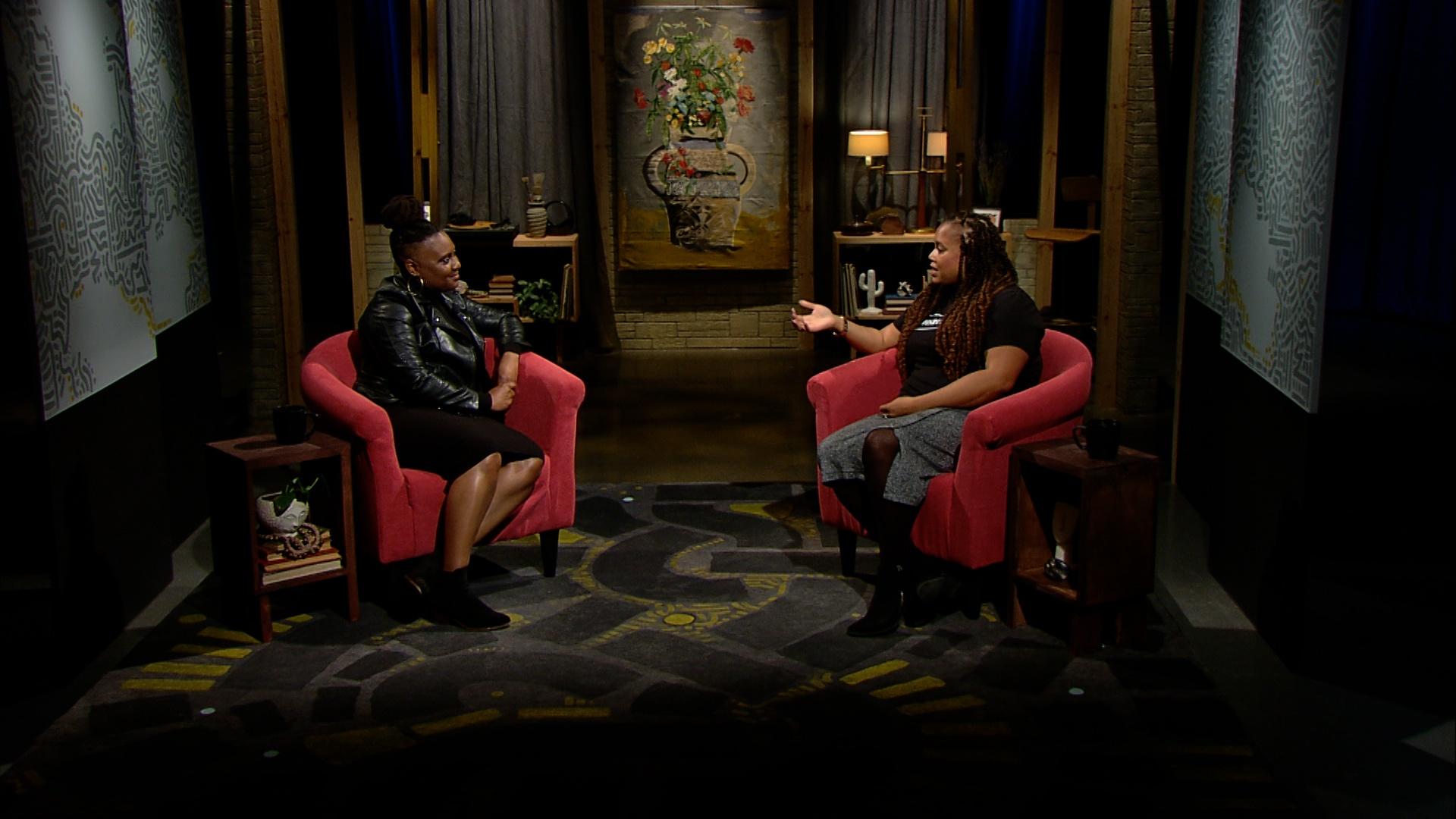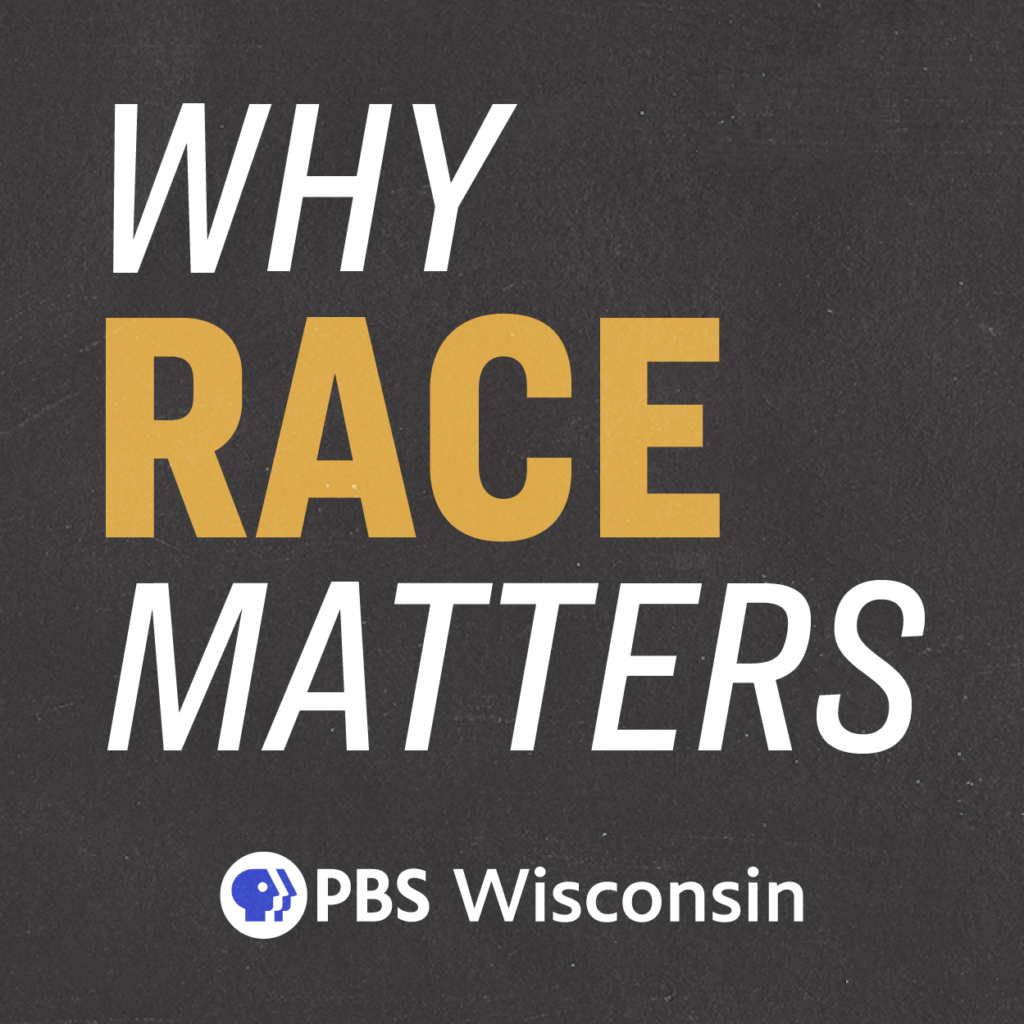Higher Education: Breaking It Down
"Our work is to shed light on the fact that you have these beautiful young adults, these kids in the city, who have so much potential, and all they need is the access. All they need is an extra push, or an extra hand, or somebody to listen to them."—Tiffany Tardy
Related Clips:

Higher Education
How can colleges and universities improve graduation rates for students of color?

Higher Education: The Culture Shock of College
Tiffany Tardy talks about her difficulties adjusting to college life.

Higher Education: Recruitment and Retention
How can colleges and universities improve graduation rates for students of color?
 Passport
Passport








Follow Us